The Global Cancer Landscape: From First- to Third-Generation Targeted Drugs — How Medicine Is Changing the Fate of Cancer
Not long ago, a cancer diagnosis was almost a death sentence.
But in the past decade, the narrative has changed — cancer is becoming a manageable chronic disease, thanks to the rise of targeted therapies.
1. Cancer Is More Common — But More Controllable
According to the International Agency for Research on Cancer (IARC), over 20 million new cancer cases are diagnosed worldwide every year.
This sounds alarming, yet there’s good news — global cancer mortality rates are gradually declining.
The reasons are clear:
-
Earlier screening,
-
Better medical accessibility,
-
And especially, breakthroughs in precision medicine.
Targeted therapy is at the center of this progress, allowing doctors to attack cancer cells precisely instead of using the “carpet bombing” approach of traditional chemotherapy.
2. What Is Targeted Therapy and How Does It Work?
Traditional chemotherapy kills both cancerous and healthy cells, leading to serious side effects.
Targeted therapy, on the other hand, identifies and attacks specific genetic mutations that drive cancer growth — like finding the “key” that fits the “lock.”
For example, lung cancer patients with EGFR gene mutations can benefit from EGFR inhibitors, which specifically block those abnormal pathways and stop tumor growth.
That’s the difference between random attack and precision strike.
3. Evolution of Targeted Therapy — A Comparison of Three Generations
| Generation | Representative Drugs | Target / Mutation | Key Features | Common Brands |
|---|---|---|---|---|
| First Generation | Gefitinib, Erlotinib | EGFR (19Del, L858R) | Rapid effect, mild side effects, but easy resistance | Iressa, Tarceva |
| Second Generation | Afatinib, Dacomitinib | EGFR extended mutations | Broader inhibition, higher toxicity | Giotrif, Vizimpro |
| Third Generation | Osimertinib | T790M resistance mutation | Penetrates brain barrier, longer survival benefit | Tagrisso (original), Alvonib (generic) |
Each generation was designed to overcome the resistance of the previous one.
The goal has shifted from “Can we treat it?” to “How long can we control it?”
4. The Global Drug Landscape — From Western Giants to Asian Innovators
For years, Western pharmaceutical companies dominated the oncology field with sky-high prices.
A single box of original targeted therapy could cost thousands of dollars.
Now, Asia is reshaping that reality.
China is accelerating new drug innovation, while Bangladesh has become a leading global supplier of high-quality generics.
Companies like Radiant,Techno and Beacon have achieved GMP-level production, bringing affordable versions of life-saving drugs to patients around the world — without compromising quality.
5. Cancer Is No Longer an “Incurable Disease”
Targeted drugs aren’t miracle cures — resistance can develop, and continuous monitoring is necessary.
Patients should have regular tests for gene mutations and liver/kidney function.
Most side effects are reversible, and treatment plans can be adjusted.
Cancer management is now a long-term partnership between patients, doctors, and science.
6. Final Thoughts
The real hope in cancer treatment lies not in a single “miracle drug,”
but in the ongoing evolution of precision medicine.
From first-generation breakthroughs to third-generation innovations like Osimertinib,
targeted therapies are rewriting what’s possible in oncology.
The battle against cancer isn’t over — but for the first time in history, humanity is truly fighting on equal terms.
Eltromin 25/50 Eltrombopag
Enatinib 4/10 Lenvatinib
Lynparib Olaparib
Coltinib Upadacitinib
Alvonib Osimertinib
Techno
Well-known pharmaceutical company in Bangladesh:https://www.radiantpharmacil.com

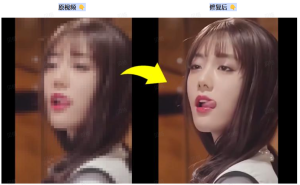
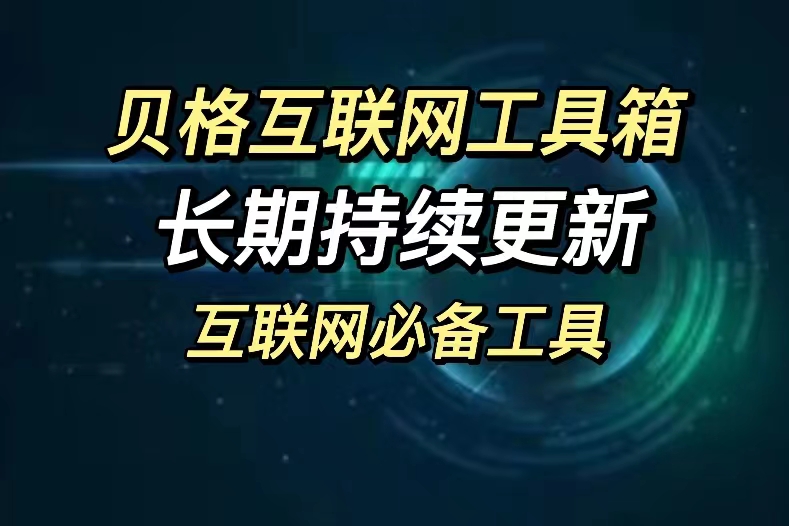
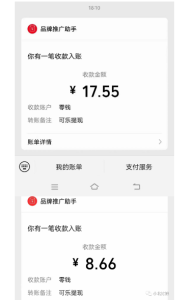
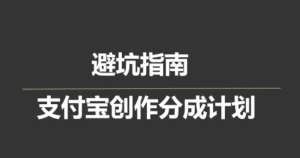
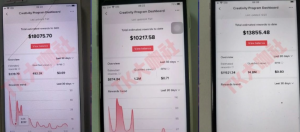
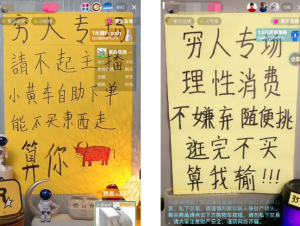

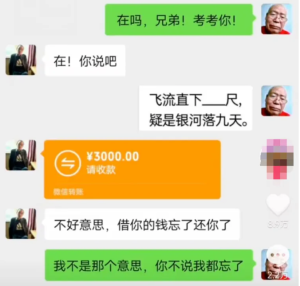

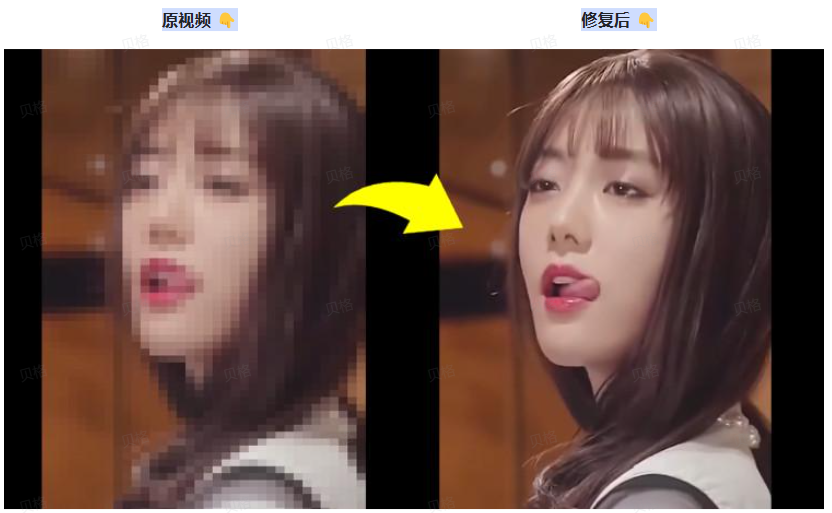





暂无评论内容